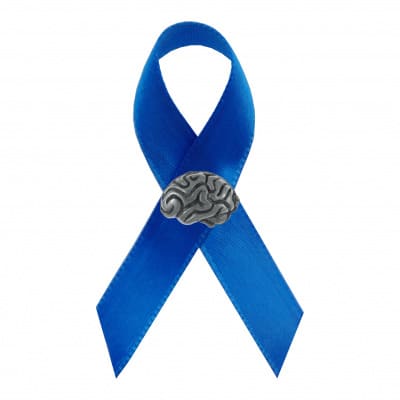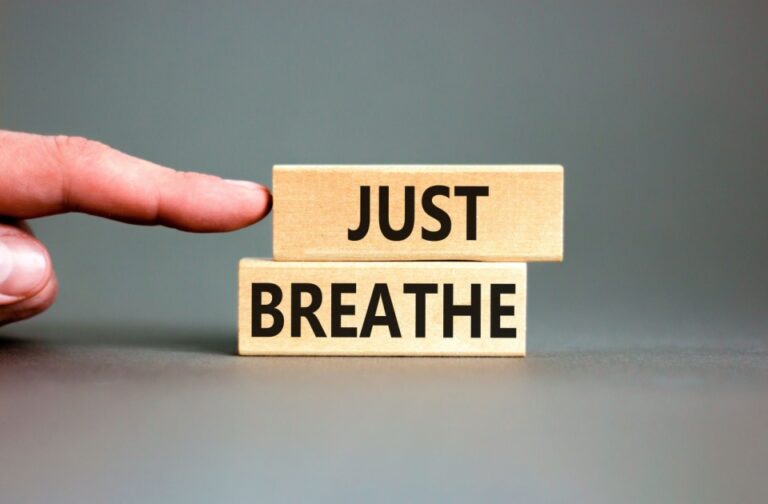
“Every 40 seconds someone in the U.S. has a stroke and around 800,000 people will have a stroke in the United States this year alone.” —National Stroke Association
If strokes are this prevalent in the United States, what can we do to prepare for them? What should we know? What signs can we stay alert for? What can we do to prevent a stroke?
First of all, a stroke affects the brain. A stroke happens when blood supply to the brain is suddenly interrupted, or a blood vessel in the brain bursts causing blood to spill into the space between brain cells. Blood transports oxygen to the brain. When that supply is cut off, even for a brief period, brain cells start to die. This is the danger of a stroke: even though it occurs in the brain, depending on the region where the stroke occurs, damage will affect whatever part of the body that brain region controls. If the individual does not receive treatment quickly, the damage will most likely become permanent.
Most often the person suffering from a stroke will not have the capacity to call 9-1-1. It’s important for everyone to learn the signs of a stroke and be on the lookout for them. Common stroke symptoms include:
- Confusion
- Change in consciousness
- Sudden paralysis/weakness (isolated to half, or a specific part of the body
- Numbness
- Partial vision loss or double vision
- Trouble speaking or understanding speech
- Loss of balance
The Center for Disease Control (CDC) says bystanders or loved once need to act F.A.S.T. Literally, and it’s also a helpful memory tool. If you suspect that someone is having (or has had) a stroke, check the following steps:
- F—Face: Ask them to smile and see if one side of the face droops
- A—Arms: Ask them to raise both arms. Does one arm hang lower than the other?
- S—Speech: Ask them to repeat a simple phrase. Is their speech slurred or mixed up?
- T—Time: Call 9-1-1 right away if any of these signs are exhibited, and note the time symptoms began
Some of the most common risk factors for stroke include high blood pressure and high cholesterol, smoking, diabetes, and increasing age. There are some simple changes that can lower your risk: Quitting smoking, regular physical exercise, and dietary changes are important in reducing stroke risk. These are not the only factors, though. Race and genetic predisposition can also increase your risk of stroke, and a stroke can affect younger people, too. A stroke is a medical emergency and it’s important to seek medical attention right away if any signs of stroke are evident. Familiarize yourself with the signs of a stroke, and discuss your risks and possible lifestyle changes with your healthcare provider.
|
Resources |
|
Center for Disease Control https://www.cdc.gov/stroke/facts.htm |
|
https://www.strokeassociation.org/en |
DISCLAIMER: This article contains information that is intended to help the readers be better informed regarding exercise and health care. It is presented as general advice on health care. Always consult your doctor for your individual needs. Before beginning any new exercise program it is recommended that you seek medical advice from your personal physician. This article is not intended to be a substitute for the medical advice of a licensed physician. The reader should consult with their doctor in any matters relating to his/her health.




